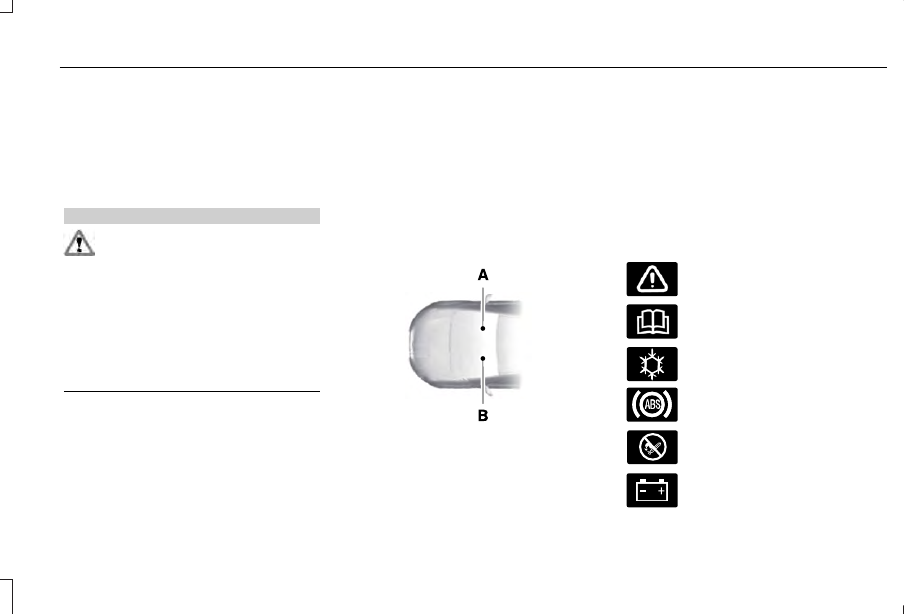Lincoln MKS (2016 year). Instruction - part 1

ABOUT THIS MANUAL
Thank you for choosing Lincoln. We
recommend that you take some time to get
to know your vehicle by reading this instruction.
The more that you know about it, the greater
the safety and pleasure you will get from
driving it.
WARNING
Driving while distracted can result in
loss of vehicle control, crash and injury.
We strongly recommend that you use
extreme caution when using any device that
may take your focus off the road. Your
primary responsibility is the safe operation
of your vehicle. We recommend against the
use of any handheld device while driving and
encourage the use of voice-operated systems
when possible. Make sure you are aware of
all applicable local laws that may affect the
use of electronic devices while driving.
Note: This instruction describes product features
and options available throughout the range of
available models, sometimes even before they
are generally available. It may describe options
not fitted to your vehicle.
Note: Some of the illustrations in this instruction
may show features as used in different models,
so may appear different to you on your vehicle.
Note: Always use and operate your vehicle in
line with all applicable laws and regulations.
Note: Pass on this instruction when selling your
vehicle. It is an integral part of the vehicle.
This instruction may qualify the location of a
component as left-hand side or right-hand
side. The side is determined when facing
forward in the seat.
E154903
Right-hand side
A
Left-hand side
B
Protecting the Environment
You must play your part in protecting the
environment. Correct vehicle usage and the
authorized disposal of waste, cleaning and
lubrication materials are significant steps
toward this aim.
SYMBOLS GLOSSARY
These are some of the symbols you may see
on your vehicle.
Safety alert
See Owner's Instruction
E162384
Air conditioning system
Anti-lock braking system
Avoid smoking, flames or sparks
Battery
7
MKS (CLE) Canada/United States of America, enUSA, First Printing
Introduction